Buffing wheels are rotating tools that, when used with compounds, can remove minor scratches and imperfections from a variety of surfaces through controlled abrasion. They are a mainstay for any shop or professional looking to refine material finishes. Buffing wheels, also called abrasive buffing wheels, are discs attached to electric polishers or die grinders that spin at high RPMs, between 1500-3450, depending on the machine. They can be foamed polymers, cotton, or wool buffing wheels of varying stiffness packed onto threaded inserts or mandrels. Harder wheels use finer compounds to prepolish, while softer wheels utilize polishing creams to bring out a high gloss. Some feature drums or segments for contouring to curved surfaces. Along with a selection of polishing and cleaning compounds, these spinning wheels allow users to carefully remove anything from minor blemishes to heavy swirls and scratches from a range of materials without harming the base layer. Their controlled action makes them far safer and more efficient than hand-polishing large areas. Whether for metal restoration, stone refinishing, or auto body work, buffing wheels are a workhorse tool.
Industrial buffing wheels are compatible with a vast array of surfaces. Common applications include using buffing wheels for polishing painted automotive exteriors/bumpers, buffing wheels for metal used in restoring vintage metal wares, buffing wheels for stones used in refinishing stone/marble counters, buffing wheels for wood used for prepping woodworking projects and buffing wheels for plastic are used for plastic signs or tables. They are also effective on softer materials like ceramic, porcelain, fiberglass, and aged furnishings. With the right technique and compounds, almost no rigid material is unsuitable for refining by buffing wheels.
While buffing wheels seamlessly removes defects, safety precautions must be followed. Proper machine guarding and PPE are non-negotiable when these high-speed tools are used. All machines must have a safe enclosure around the wheel that meets global safety standards. This prevents whipping if the wheel flies off the shaft. Appropriate protective equipment includes impact-resistant safety glasses to guard against debris, respirators when creating dust, and protective gloves to avoid skin burns or wheel grabs. New users should start with lower RPM speeds until comfortable with control. Go slowly, applying only light pressure, letting the spinning wheel do the work. Maintain even contact and avoid forcing or rocking motions that could cause defects or kicks. It's common for areas to heat up—machine use should pause if overheating occurs to cool machines and users. For dangerous compounds like abrasives, always add them to powered-down wheels and use them with additional protective equipment like face shields. Proper storage of wheels in labeled containers and compounds in their original bottles is essential to prevent accidental exposure.
Cleaning: After use, users should wash the wheels thoroughly with water to remove all residual compounds and debris. For tough-to-remove substances, gentle cleansers safe for various materials may help. The wheels should dry completely before storage to prevent damage. Inspection: Regular visual checkups can catch small defects early. Users need to look for cracks, chunks, melting, or coils coming loose, which can harbor contaminants if left unaddressed. Damaged wheels should also be replaced promptly. Truing: Wheels may become out-of-round over time, reducing cut and shine. Users should re-true edges on a flat surface like granite very carefully as needed, using finer grit to maintain a critical round shape. Dressing: Softer buffing wheels will break in fuzz or flatten in high-use areas. Reconditioning with a wheel dressing stick made of a hard compound is crucial to fluff fibers and restore an even cutting surface. Storage: wheels should be kept sealed in airtight containers when not in use to maximize longevity away from contaminants. Containers should also be clearly labeled with wheel types and grits, and use instructions to avoid confusion.




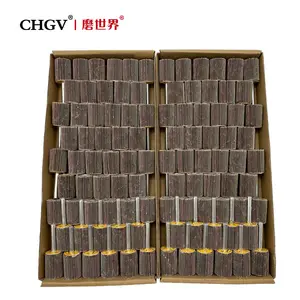




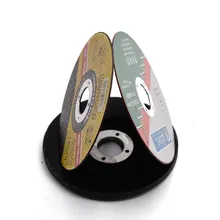
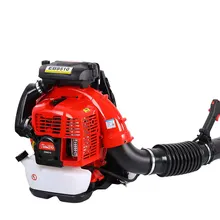
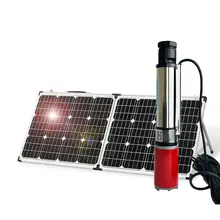





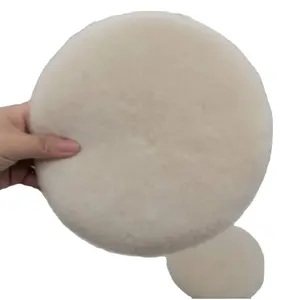
























 浙公网安备 33010002000092号
浙公网安备 33010002000092号 浙B2-20120091-4
浙B2-20120091-4